An effective oil spill kit is essential for managing spills and preventing environmental damage. Key components...
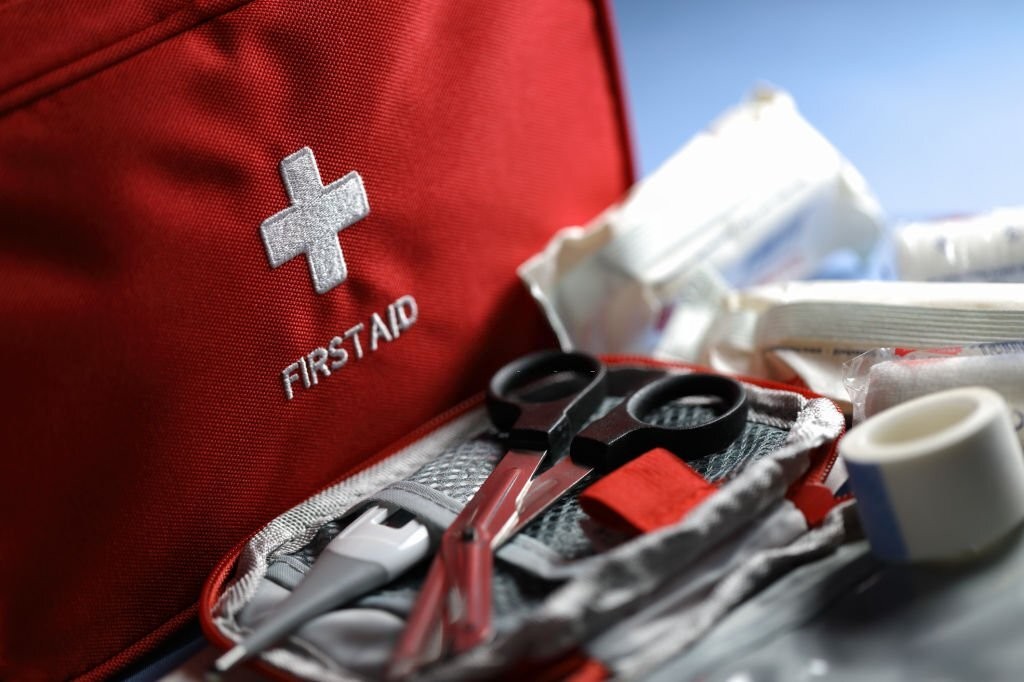
How do I use the items in a first aid kit effectively?
Mastering First Aid Kit Essentials: Effective Usage Guide
A well-equipped first aid kit is a vital resource that allows individuals to provide immediate medical assistance during emergencies. However, knowing how to use the items in a first aid kit effectively is equally important as having the right supplies on hand. In this article, we'll guide you through the steps of using the items in your first aid kit efficiently and confidently.
Assessment and Safety First
Before you begin using the items in your first aid kit, assess the situation to ensure your safety and that of the injured person. If the situation is hazardous, such as in the case of a car accident or a fire, prioritise personal safety and call for professional help if necessary. Always wear disposable gloves from your kit to prevent contamination.
Address Bleeding and Wound Care
If there is bleeding, use sterile gauze or dressing from your first aid kit to apply direct pressure to the wound. Elevate the injured area if possible, and continue applying pressure until bleeding stops or help arrives. For smaller cuts or abrasions, clean the wound with antiseptic wipes, then apply an adhesive bandage or dressing.
Burns and Thermal Injuries
For minor burns, run cold water over the affected area to alleviate pain and reduce heat. Apply a sterile burn dressing or non-stick pad from your kit and secure it with tape. Avoid using adhesive bandages on burns. Seek professional medical attention for severe burns or electrical burns.
Bone Fractures and Sprains
If you suspect a bone fracture, immobilise the injured limb using padded splints from your kit. You can also use clothing or soft materials as padding. For sprains, follow the R.I.C.E. method: Rest, Ice, Compression, and Elevation. An instant cold pack from your kit can be used for icing the area.
Eye Injuries
If an object is embedded in the eye, do not attempt to remove it. Instead, use an eye wash solution from your kit to rinse the eye gently and seek immediate medical assistance. For minor irritations, use a sterile eye wash to flush the eye and remove any foreign particles.
Respiratory Emergencies and CPR
In cases of difficulty breathing, use a CPR face shield and a resuscitation device if available in your kit. If someone collapses and is unresponsive, perform CPR as trained and guided by the included instructions. Call for professional medical help as soon as possible.
Medications and Pain Relief
If a person is experiencing mild pain, you can offer over-the-counter pain relievers from your first aid kit, following the recommended dosage. Ensure the person is not allergic to the medication. Remember, pain relievers are temporary solutions and not replacements for professional medical care.
Documentation and Reporting
After providing first aid, it's crucial to document what assistance was given, the time it was administered, and any changes in the person's condition. This information can be valuable for medical professionals later on.
Regular Kit Maintenance
Regularly inspect your first aid kit to ensure that all items are in good condition and within their expiration dates. Replace any used or expired items promptly to keep your kit ready for future emergencies.
Conclusion
An effective first aid kit is only as useful as the knowledge of the person using it. Understanding how to use the items within your first aid kit can mean the difference between a successful response and potential complications. Remember, while a first aid kit is a valuable resource, professional medical assistance should always be sought for serious injuries and emergencies. By staying informed and practicing the appropriate techniques, you can become a confident and capable first responder, contributing to the safety and well-being of those around you.


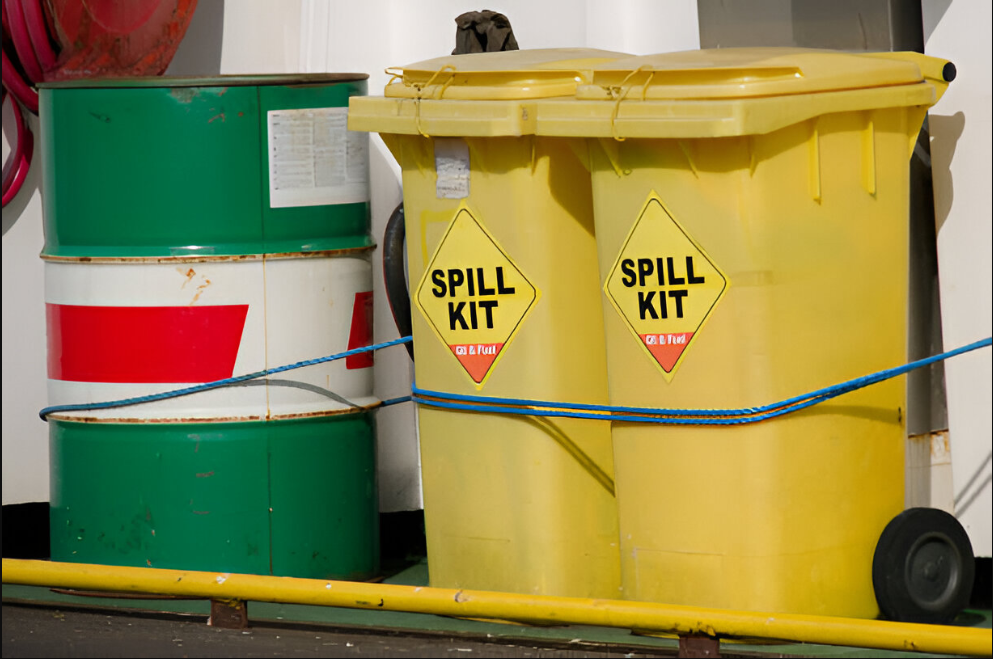
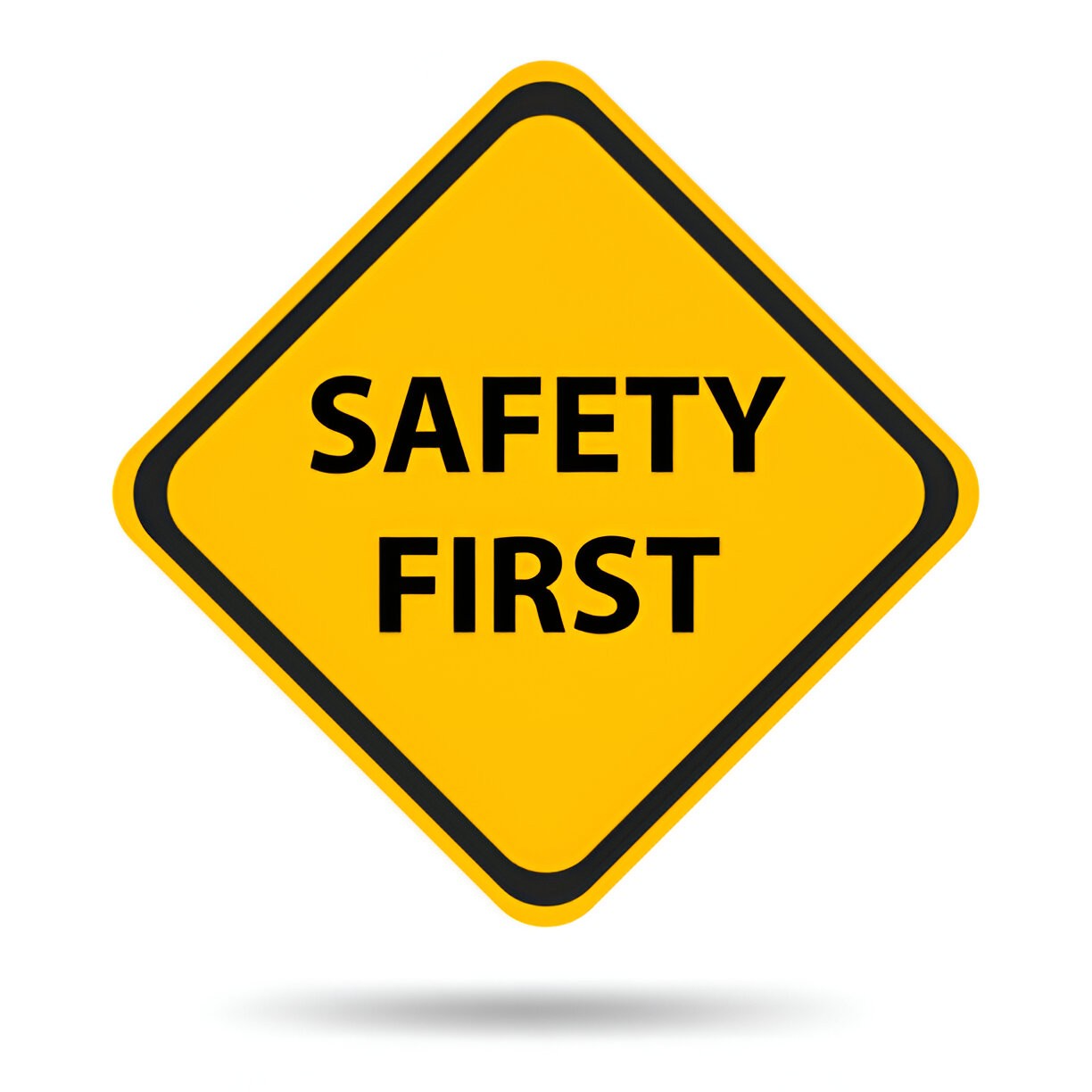
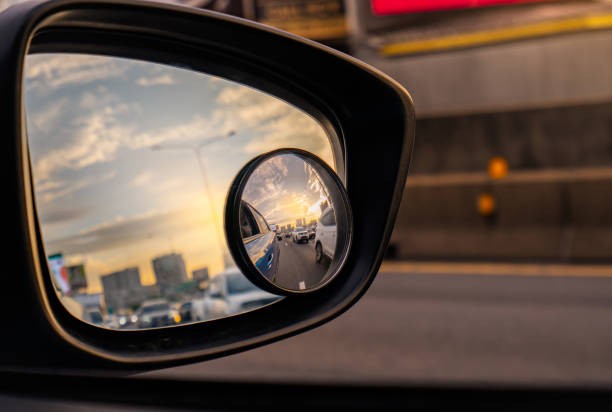
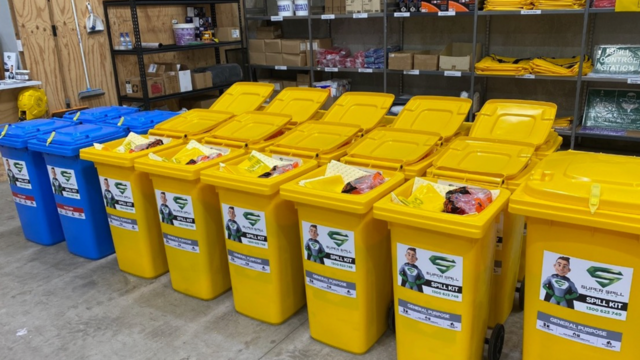
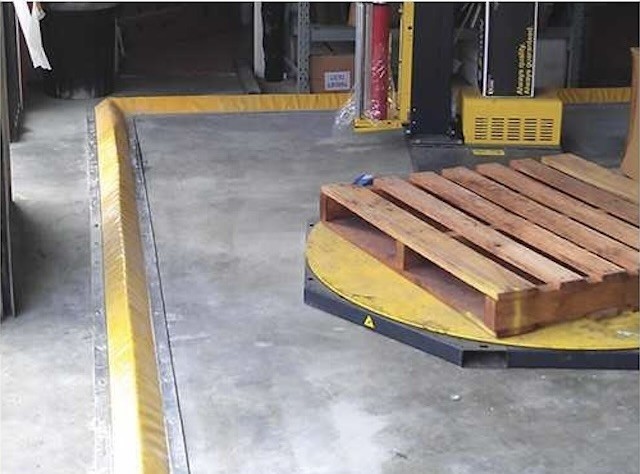
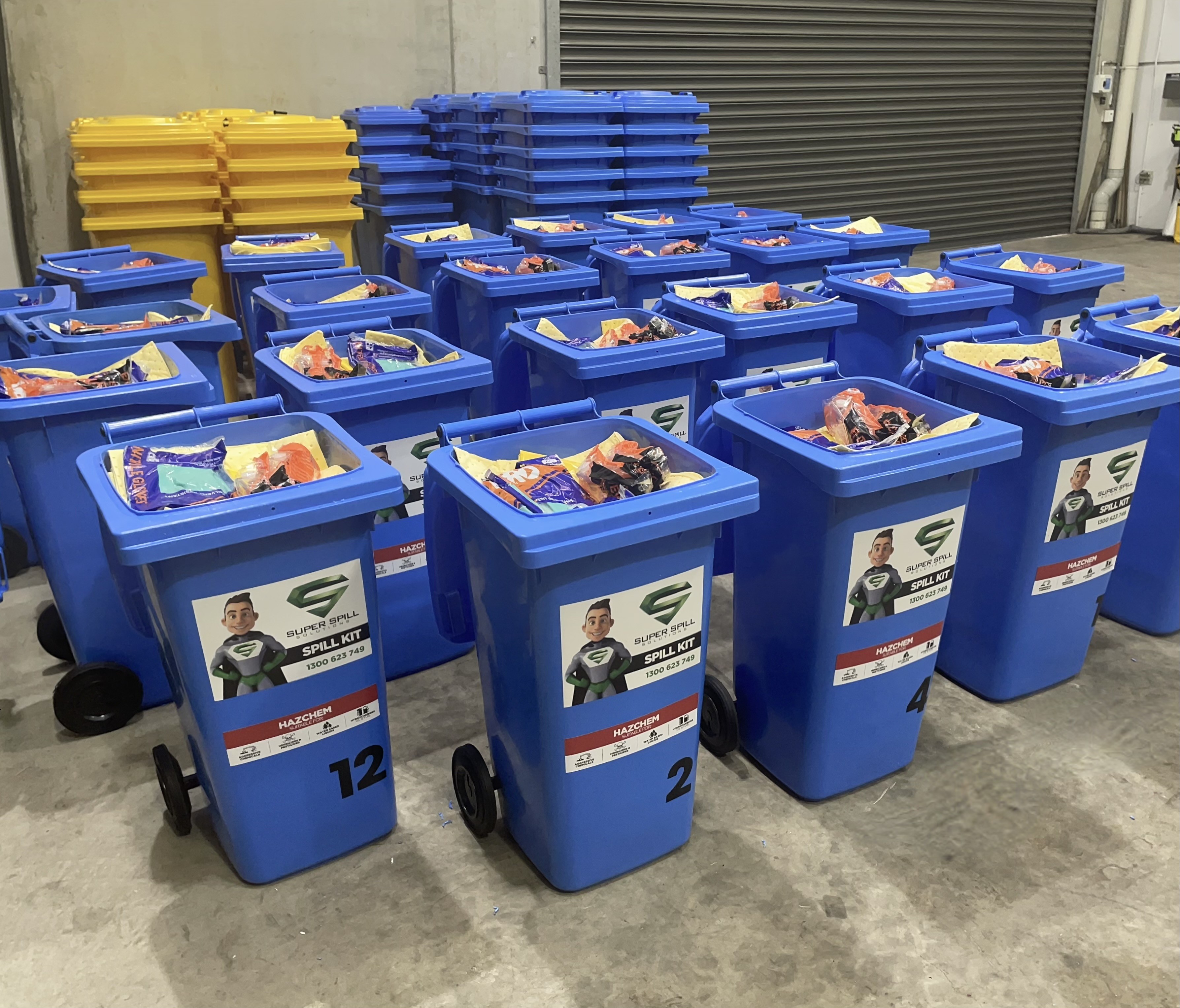
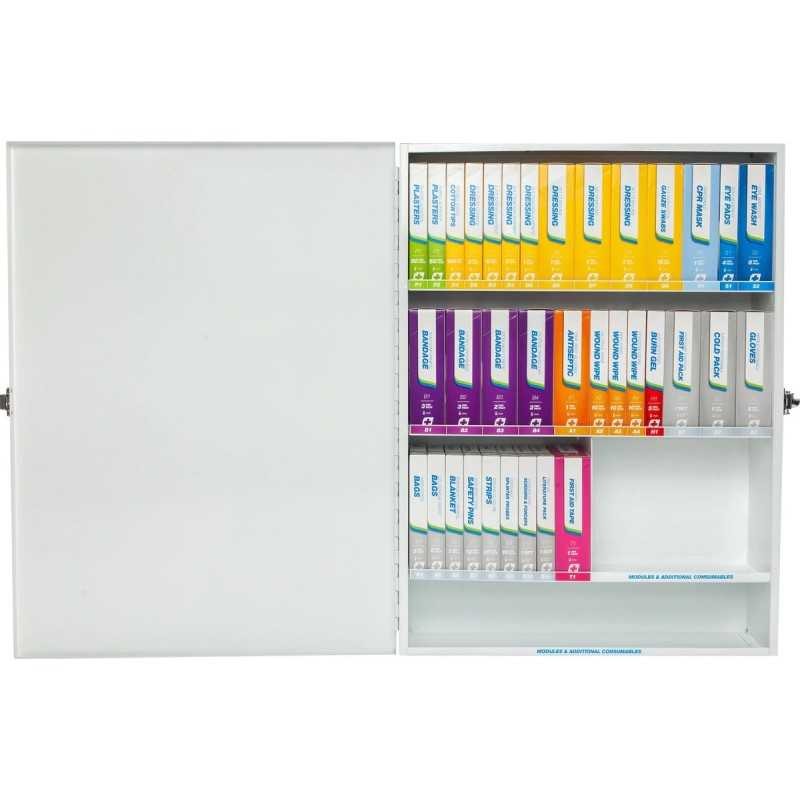
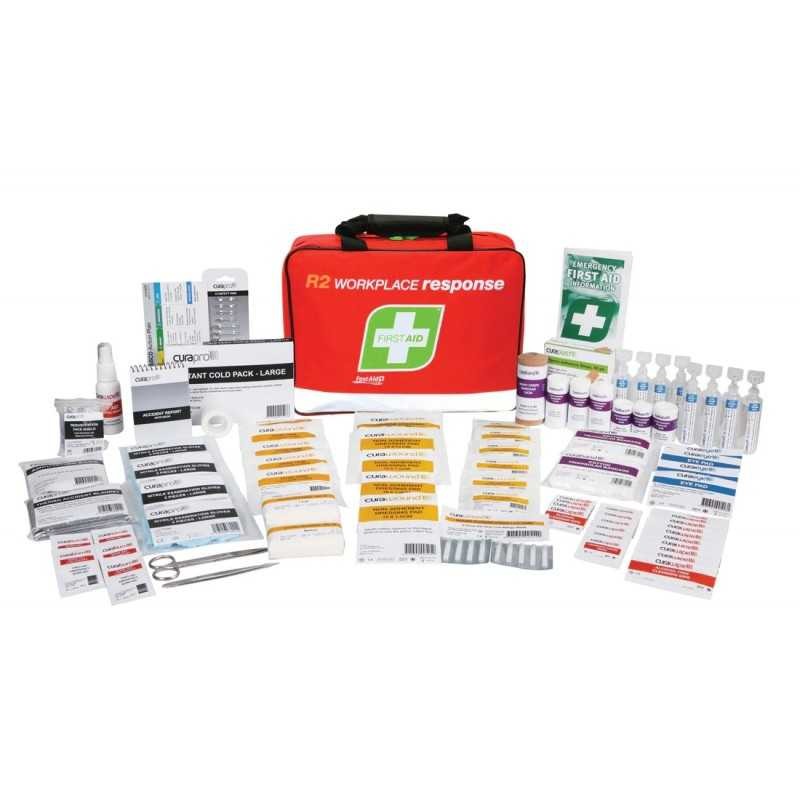

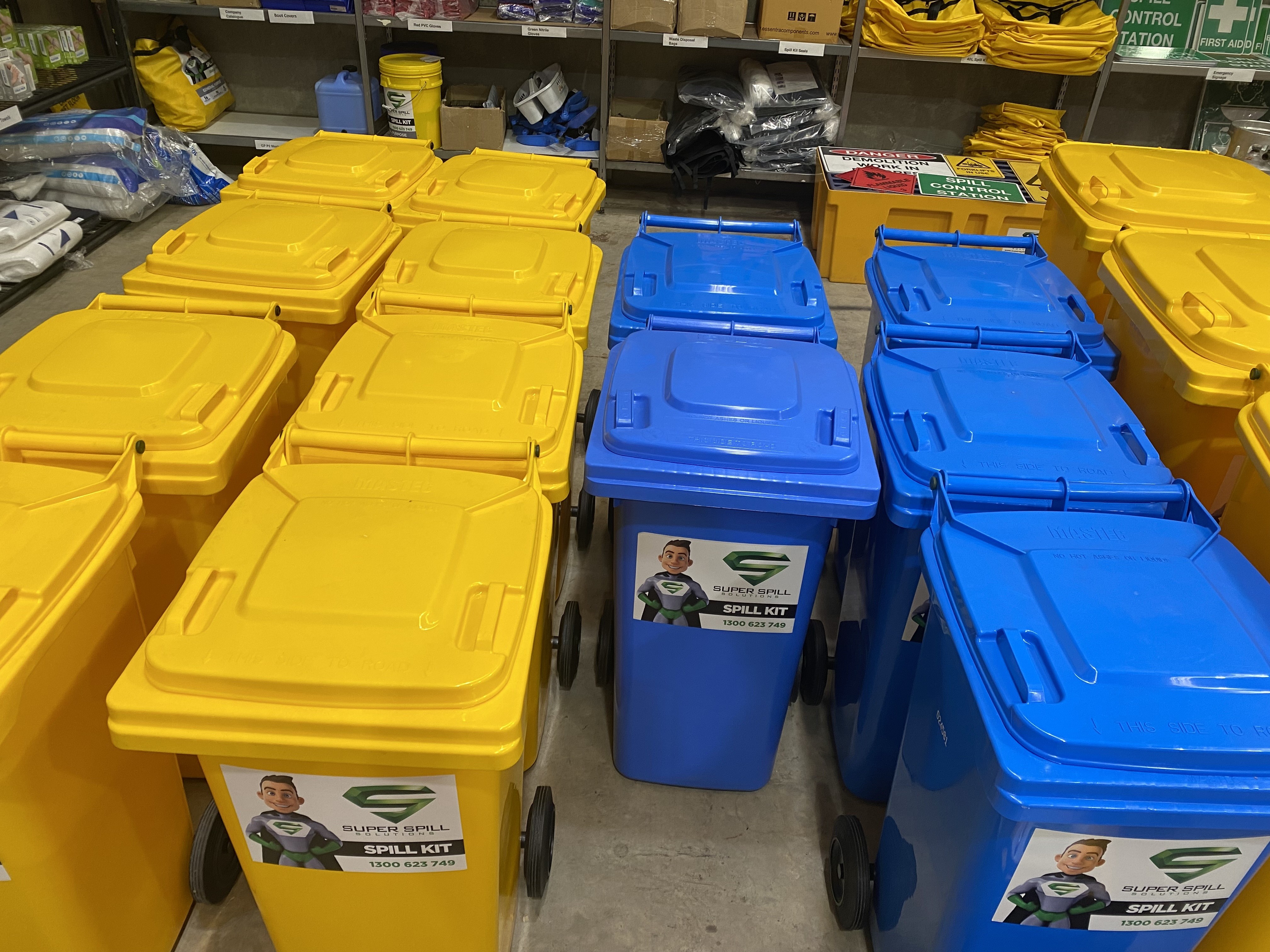
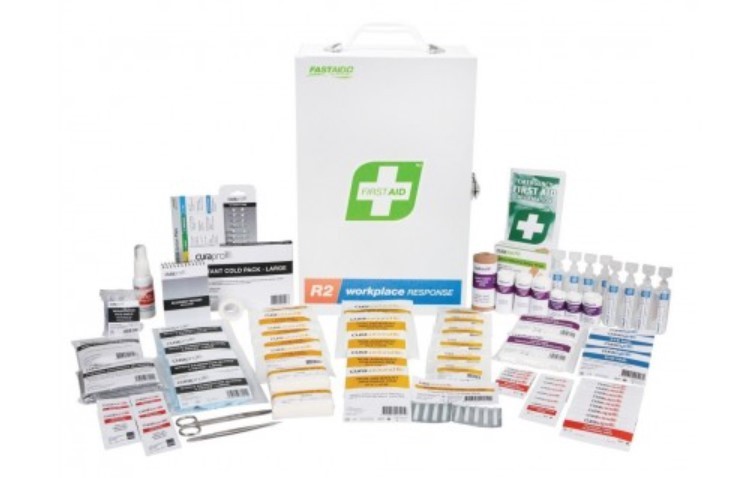
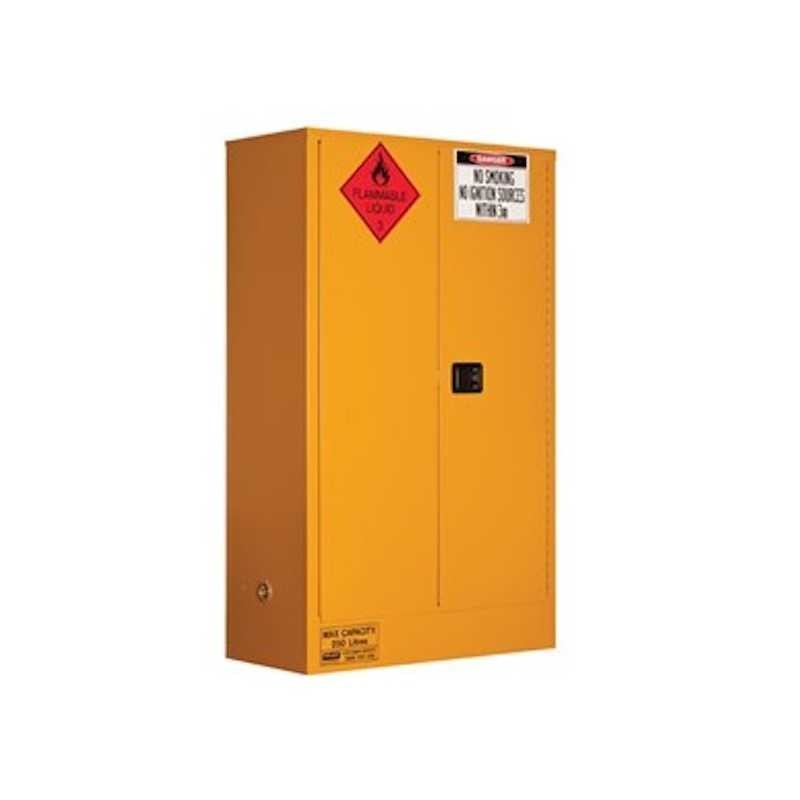
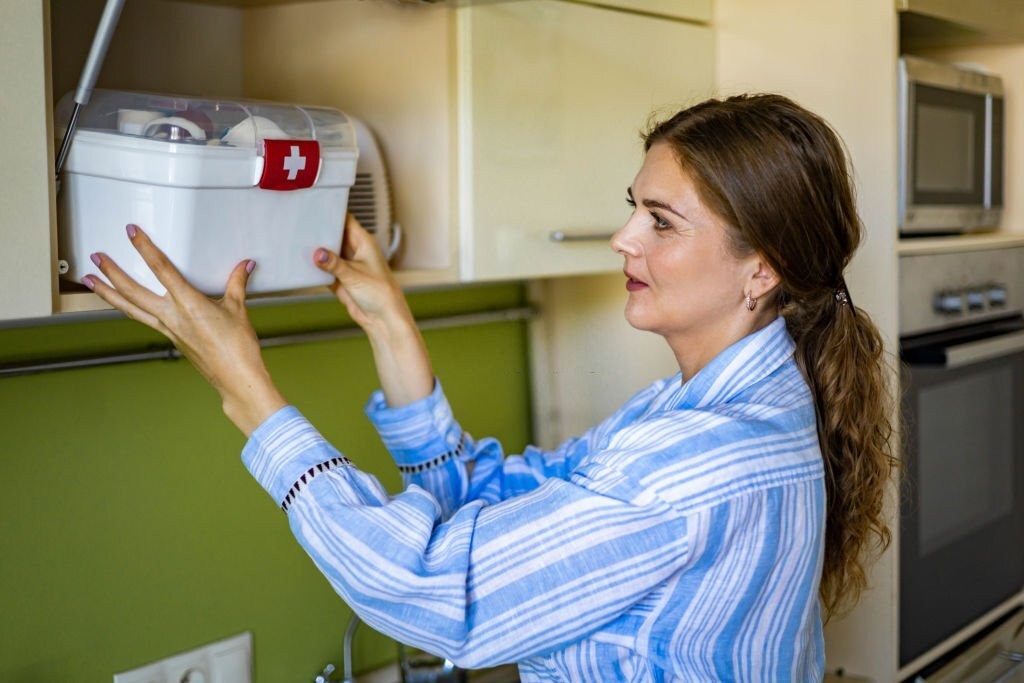
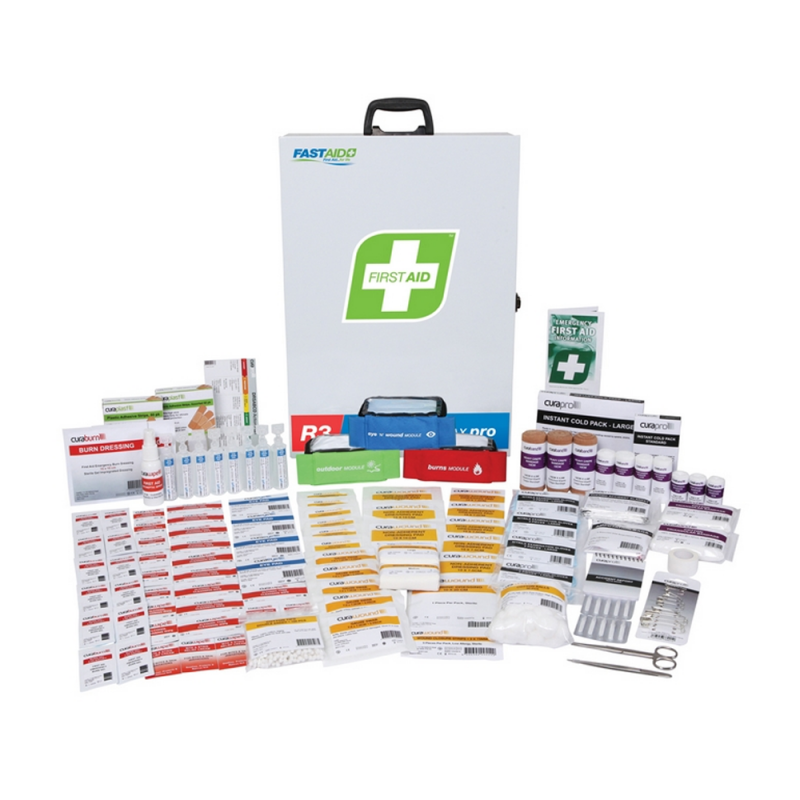
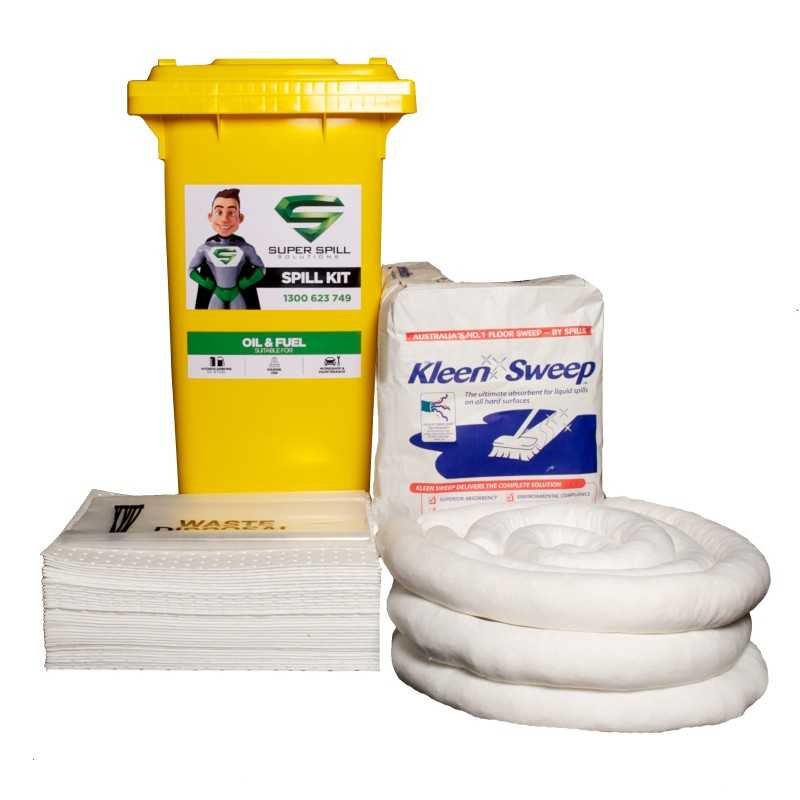
Leave a comment